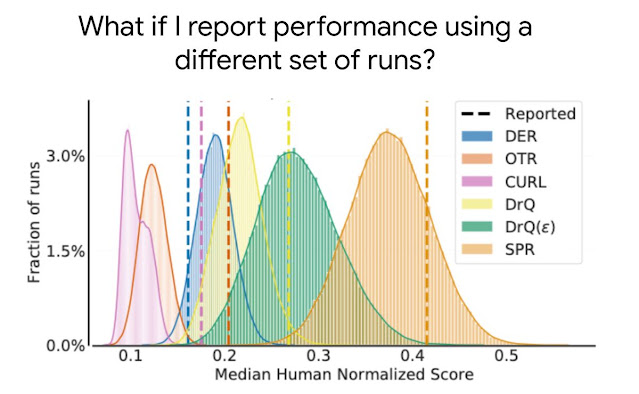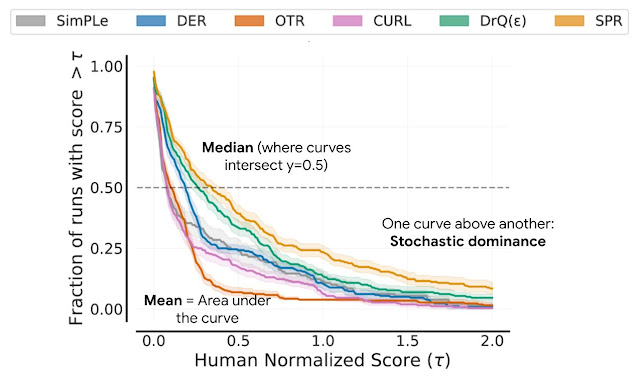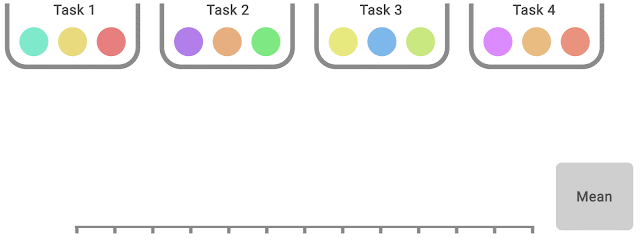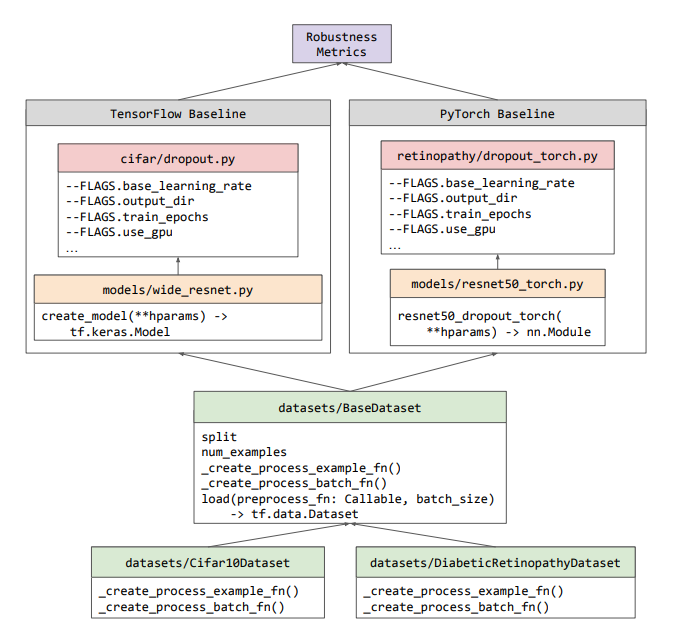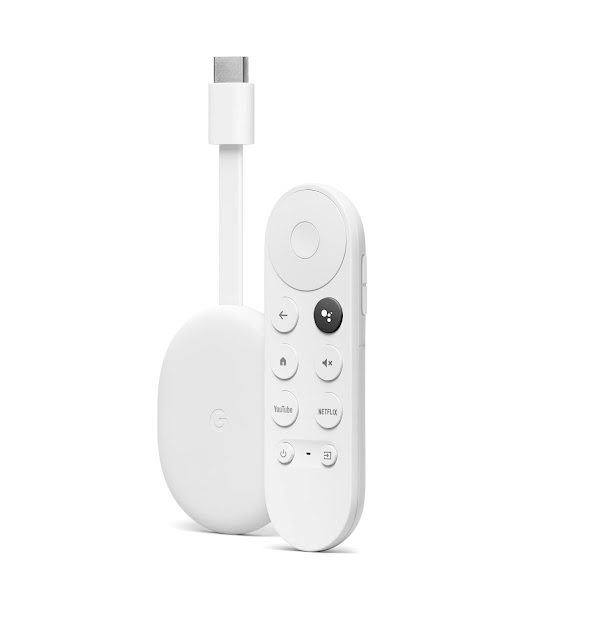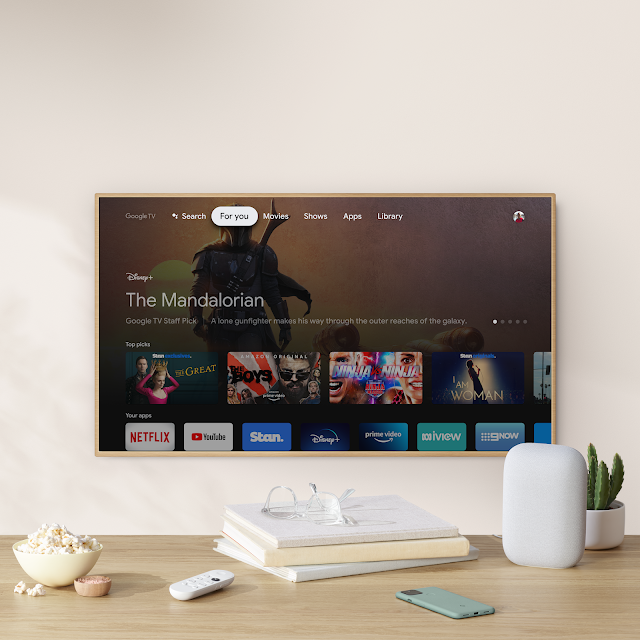Takeaways from the BazelCon DEI lunch panel
In front of a standing-room-only lunch panel, Google’s head of Developer X strategy Minu Puranik asks us, “If there is one thing you want to change [about Bazel’s DEI culture], what would it be and why?”
We’d spent the last hour on three main themes: community culture, fostering trust, and growing our next generation of leaders. Moderated by Minu, our panel brought together a slate of brilliant people from underrepresented groups to give a platform to our experiences and ideas. Together with representatives and allies in the community, we explored methods for building inclusivity and sought a better understanding of the institutional and systemic barriers to increasing diversity.
Culture defines how we act, which informs who feels welcome to contribute. Studies show that diverse contributor backgrounds yield more and better results, so how do we create a culture where everyone feels safe to share, ask questions, and contribute? Helen Altshuler, co-founder and CEO of EngFlow, relayed her experience regarding some best practices:
“Having people that can have your back is important to get past the initial push to submit something and feeling like it’s ok. You don’t need to respond to everything in one go. Last year, Cynthia Coah and I gave a talk on how to make contributions to the Bazel community. Best practices: better beginners’ documentation, classifying GitHub issues as ‘good first issue,’ and having Slack channels where code owners can play a more active role.”
- Helen Altshuler, co-founder and CEO of EngFlow
“I’d like to see more trainings like the Bazel Community Day. Trainings serve two purposes:
1. You can blend in, start talking to someone in the background, and form connections.2. We can give a good first educational experience. It needs to be a welcoming space.”
- Eva Howe, Legal Counsel – Aspect Dev
To bypass this pipeline problem, we can recruit promising candidates and sponsor them through getting the necessary experience on the job. Lyra Levin, Bazel’s internal technical writer at Google, spoke to this process of incentivizing and recognizing contributions outside the codebase, as a way to both encourage necessary glue work, and pull people into tech from parallel careers more hospitable to underrepresented candidates. And Sophia Vargas, Program Manager in Google’s OSPO (Open Source Programs Office), also offered insight regarding contributions.
“If someone gives you an introduction to another person, recognize that. Knowing a system of people is work. Knowing where to find answers is work. Saying I’m going to be available and responding to emails is work. If you see a conversation where someone is getting unhelpful pushback, jump in and moderate it. Reward those who contribute by creating a space that can be collaborative and supportive.”
“Create ways to recognize non-code contributions. One example is a markdown file describing other forms of contribution, especially in cases that do not generate activity attached to a name on GitHub.”
An audience member agreed that for the few PRs a positive experience is critical for community trust building: And indeed, open source is all about building trust. So how do we go about building trust? What should we do differently? Radhika Advani, Bazel’s product manager at Google, suggests that the key is to:
“Make some amazing allies. Be kind and engage with empathy. Take your chances—there are lots of good people out there. You have to come from a place of vulnerability.”
- Radhika Advani, Bazel Product Manager
Vargas also added some ideas for how to be an “amazing ally” and sponsor the careers of those around you, such as creating safe spaces to have these conversations because not everyone is bold enough to speak up or to ask for support since raising issues in a public forum can be intimidating. Making yourself accessible and providing anonymous forms for suggestions or feedback can serve as opportunities to educate yourself and to increase awareness of diverging opinions.
An audience member stated that recognizing an action that is alienating to a member of your group—even just acknowledging their experience or saying something to the room—can be very powerful to create a sense of safety and belonging. And another said that those in leadership positions being forthright about the limits of their knowledge, gives people the freedom to not know everything.
So to Minu’s question, what should we do to improve Bazel’s culture?
Helen: Create a governance group on Slack to ensure posts are complying with the community code of conduct guidelines. Review how this is managed for other OSS communities.
Sophia: Institutionalize mentorship; have someone else review what you’ve done and give you the confidence to push a change. Nurture people. We need to connect new and established members of the community.
Lyra: Recruit people in parallel careers paths with higher representation. Give them sponsorship to transition to tech.
Radhika: Be more inclusive. All the jargon can get overwhelming, so let’s consider how we can make things simpler, including with non-technical metaphors.
Eva: Consider what each of us can do to make the experience for people onboarding better.
There are more ways to be a Bazel contributor than raising PRs. Being courageous, vulnerable and open contributes to the culture that creates the code. Maintainers: practice empathy and remember the human on the other side of the screen. Be a coach and a mentor, knowing that you are opening the door for more people to build the product you love, with you. Developers: be brave and see the opportunities to accept sponsorship into the space. Bazel is for everyone.
By Lyra Levin, Minu Puranik, Keerthana Kumar, Radhika Advani, and Sophia Vargas – Bazel Panel

